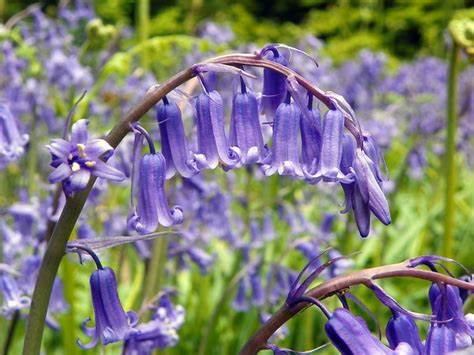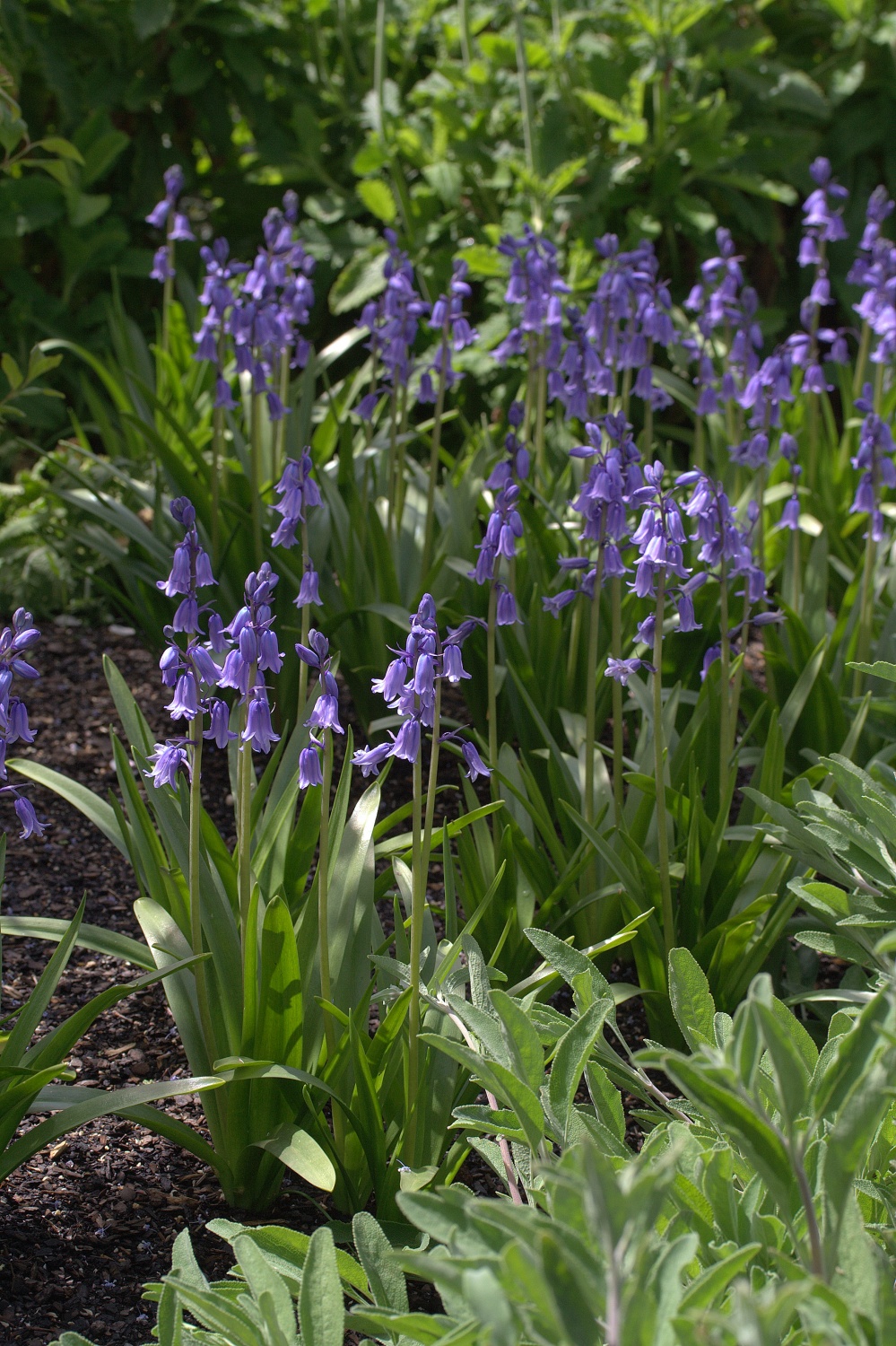Uncategorized
Bluebells
There is, or used to be, a bluebell wood a short walk from my East Midland village of Lambley. When I was a child, the bluebells grew in such dense profusion under the ancient beech trees that one couldn’t take a step without trampling on them. Deep violet-blue flowers carpeted the woodland floor as far as the eye could see. Even so young, I found it breathtakingly beautiful.
I was always very close to my aunt Kate. She named her son David after me and I named my daughter Kate after her. One spring morning when I was around eight years of age, I went to the bluebell wood and on impulse picked a bunch of flowers for my aunt. After a short walk back to the village I knocked on her door. When she opened it, rather than be delighted by my gift, my aunt screamed in terror and wailed “You shouldn’t have picked them” and slammed the door in my face. Bewildered I wandered home and gave the flowers to my mother who put them into a vase without fuss.
Fifty years later, around the time my aunt died, my youngest brother wrote to say that he had bought another farm. On this farm there were ten acres of ancient woodland including five acres of bluebell wood. My interest piqued, and recalling my aunt’s terror, I looked up Bluebell Woods on Google and found that there was and perhaps still is a belief amongst superstitious English country folk that if a child picks a bluebell, he or she will disappear off the face of the earth forever. Unknowingly I had confirmed my aunt’s superstitions, as I left England at the age of nineteen and didn’t return for twenty-five years.

Hyacinthoides non-scripta, the scientific name for English bluebells, is native to the western parts of Europe which border onto the Atlantic Ocean, from north-western Spain, north-western Portugal, France, Belgium and the Netherlands including Great Britain and Ireland. They are most widespread in the UK where almost half the world’s bluebells are to be found. They are quite rare elsewhere.
During the last ice age Britain and Ireland along with most of northern Europe was blanketed with ice up to three kilometres thick in places. No plants could survive. There were though, plant refuges in Spain, Portugal and Italy. When the ice retreated, as the world warmed, plants from these refuges colonised the now ice-free Britain. Amongst the first to do this were bluebells. As there was no or very little competition blue bells were able to take over vast tracts of land. Remnants of this colonisation are still found in ancient woodland throughout Britain and Ireland giving us the much-loved bluebell woods.

Sadly, the more vigorous Spanish bluebell, Hyacinthoides hispanica, is replacing the native British species. According to my son Ric Glenn, the grounds and garden manager at the Chelsea Royal Hospital London, most southern English bluebell woods have been contaminated by Spanish bluebells either by replacing the native species altogether or by hybridising with it.
The flowers of the English bluebell mostly hang on one side of a slightly arching stem. The narrow tubes are curved at the tips. Spanish bluebells are stiffly vertical and carry their flowers all around the stem. English bluebells are strongly fragrant as anyone who has walked in a bluebell wood on a warm spring day will remember. Spanish bluebells have little or no scent.
I do grow a few English bluebells in the garden here at Lambley but mostly make do with the Spanish species. When my brother let me know of his newly acquired bluebell wood I said, under my breath, “goodness” or words to that effect. I then planted many thousands of a particularly handsome Spanish bluebell under a wide border of trees and shrubs. The clone planted was a Dutch selection called Excelsior. We also have a lovely amethyst pink variety of Spanish blue bell under a giant claret ash and a large patch of the white form under a sweet chestnut tree.
There is another species, the Italian bluebell Hyacinthoides italica, which is intermediate between the Spanish and the English. Thirty years ago I planted a large patch of these Italian beauties under old oak and elm trees. Quite modest in size and earlier flowering than H. hispanica, the bulbs have, over the years, made a charming, if modest, replica of an English bluebell wood. Not as grand as my brother’s five acres, but still.
